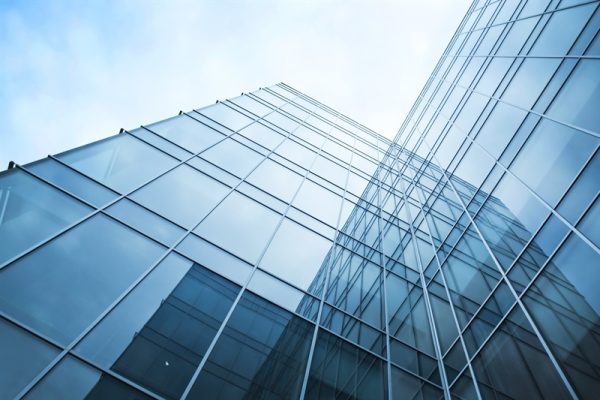I recently returned from a development industry study tour in Singapore and found it interesting to take a look at their planning and development system. Let’s start with some basic statistics for Singapore –
- Dimensions: 23kms from north to south and 43kms from east to west
- Land area: 719 km2
- Population: 5.61 million (3.9 million permanent residents)
- Population density: 7,796 persons/km2
- Population growth rate: 0.8%
- Average household size: 3.35 persons
- Unemployment rate: 2.2%
- Home ownership rate: 90.9%
- Maximum income taxation rate: 20%
- Diverse cultural mix, predominantly Chinese (mainly Buddhist), Indian (mainly Hindu) and Malay (mainly Muslim)
To me, Singapore did not feel over populated or congested despite the population density evident from the numerous high-rise apartment buildings. There seems to be plenty of green space, including parks, gardens and street landscaping. There was no traffic congestion due to the excellent underground railway system covering the island (which is constantly being upgraded) and because of the significant disincentives to owning motor vehicles. In simple terms, the average Singaporean doesn’t need a car.
The Urban Re-Development Authority (URA) is the Government entity responsible for planning and development control. Its functions include:
- land use planning;
- urban design;
- Government land sales;
- development control;
- conservation of built heritage; and
- place management of key areas.
Development controls are straight forward and relatively inflexible, but the URA applies discretion. There are no objection or appeal rights. The time from making an application through to commencing construction is roughly 15 months.
Long term planning through the medium of concept plans and master plans (which are progressively refined and implemented, leading to land sales to the public and private sectors) are the key features and strengths of the system.
The URA has effectively conserved important colonial era buildings, historical sites and the old Chinese and Indian quarters in their original form while allowing effective ongoing use. All these buildings and precincts contribute to Singapore’s tourism and business economies.
The Housing and Development Board (HDB) acquires land from the State via the URA, develops apartments then administers the sale of the stock to eligible buyers. Applicants must be Singapore citizens, at least 21 years of age and part of a family nucleus (i.e. married). A single person cannot acquire a unit from HDB until they reach the age of 35. HDB developed apartments cannot be disposed of until a minimum of five years has elapsed. There is a vibrant re-sale market controlled and managed by HDB. Generous subsidies and grants are provided by the Government through HDB to maintain affordability. HDB also offers loans at concessional interest rates to eligible buyers. As a consequence of these measures, the levels of home ownership in Singapore is very high.
Ethnic diversity and social cohesion within HDB developments is controlled and promoted by the government. Environmental sustainability features prominently in the design of recent projects such as Punggol (which I visited).
Statistics for dwelling units constructed by HDB over the past 50 years are:
| Year | Number of dwellings |
| 1960 – 1970 | 117,225 |
| 1971 – 1980 | 241,343 |
| 1981 – 1990 | 309,007 |
| 1991 – 2000 | 256,913 |
| 2001 – 2010 | 85,584 |
| 2011 – 2015 | 97,235 |
| Total | 1,107,307 |
The older units are progressively being upgraded and refurbished.
There is a strong private sector in Singapore which develops land released to the market by the URA. Because of the scarcity of land, the prices at which land is sold to the private sector is very high, meaning the cost of a privately developed unit is unaffordable to the average Singaporean. This is countered by the intensive development of affordable public sector housing by the HDB. There is also some historical freehold land available in Singapore, some of which is currently under development but again, the prices are very high. The Singapore government generates several billion dollars each year in revenue from the sale of land to the private sector.
HDB is deficit funded by the Government. The HDB’s operating and capital expenditure for the 2016/2017 year was $14.523 billion which represented 3.9% of the Government’s total budget.
The standard of design and construction of dwelling units by both the HDB and the private sector is very high, certainly equivalent to Australian standards. I saw new apartments developed by the HDB for sale to eligible buyers for between $400,000 and $700,000, with privately developed units ranging in price from $3 - $4 million up to $24 million for premium penthouses. Some private developers are holding rather than selling finished stock, and placing it on the corporate rental market. One premium building was achieving minimum rentals of $25,000 per month for a large 4/5 bedroom apartment.
For a small island country with no natural resources, Singapore is truly a remarkable success story in terms of civic progress, social cohesion and economic growth. As well as being a global business and transportation hub, its tourism facilities and experiences are exceptional.
It’s less than eight hours from Brisbane – why not take a look?
For more information or discussion, please contact Partner David Nicholls or one of our Property and Planning team.


